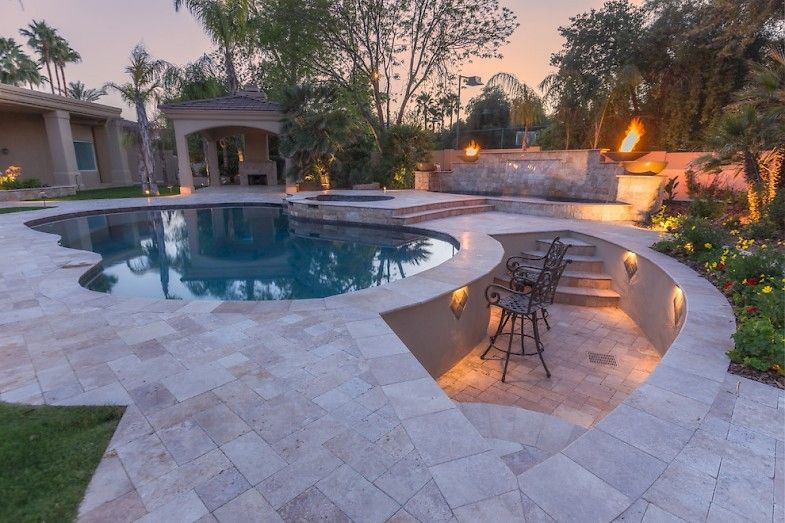
Pool Pump leakage problems? Here are some DIY tips.
A swimming pool is your relaxing zone. It is a comforting space to rid yourself of all your worries. Imagine yourself sitting by the pool, engulfed in calmness. Isn’t it the best way to cut off from your routine and rejuvenate?
But like they say, there is no pleasure without pain. Your swimming pool also requires timely maintenance. Especially the pool pump.
The Pump is the most worked equipment of the pool. Depending on the size of the pool, the most common pumps are three horsepower or less and have two threaded connection at the piping system where the water is drawn in and then pushed out. This is the area where leaks usually occur.
You can prevent further damage when the leakage is properly identified and repaired. This is helpful for you to save money on repair bills, equipment replacement and down time.
How does the swimming pool pump sanitise the water?
The pump maintains the chemistry of chemicals and water. The water is directed from the pool to the filter, heater and chlorinator so that it can be filtered, heated and sanitised before re-entering the pool.
The pool pump should always be checked for any leakage at regular intervals.
How can you trace the leakage in a pump?
If you are not able to prime your pump then the cause could be leakage. It is important to determine the nature of the leak. Here’s how you can do it.
1. Troubleshooting leakage at main seal
If the leakage is not from the pipe connections and despite that you find water under your pump, then it may be due to main seal leak. The main seal is in the middle of the pump. Leakage at this place calls for a new main seal and pump service.
2. Humming noise indicates water leaking
As the pool pump grows old, it's bearing gets damaged. This results in leakage. This can be mended with a new main seal and bearings. When faced with a problem like this, it would also be wise to consider replacing the pump itself.
How to fix pump leakage?
Pool pump leakage has three types. The pump leakage occurs at the pump piping connections and the motor connection. When leakage is on the suction side ie from where the water comes into the pump, it is termed as air leak.
The leakage is termed as water leak when it is on the discharge side ie from where the water is pushed out. Lastly, leakage can also occur when the electric motor attaches to the pump. This problem arises with the shaft seal.
Amongst the three, the most common type of leakage is where the motor attaches to the basket housing.
A home owner with basic mechanical skills can fix a leaky pool pump by finding the source of the leak and obtaining a new gasket or O-ring based on the brand and model of the pump.
Here is how you can install a new motor gasket or O-ring yourself
1. Shut off the inlet and outlet valves
When installing a new motor gasket or O-ring, the first thing to do is shut off the inlet and outlet valves of the corresponding pipes of the pump and filter systems. This prevents water from flowing back during repairs.
2. Detach the motor from its housing
Remove the bolts and dislodge the motor from its housing. Pull off the motor gasket or O-ring. Apply automotive grease onto the rim. Align the replacement gasket to the freshly greased rim. Press it into place. Apply more automotive grease to the end of the motor shaft before putting the motor back. Reattach the motor to its basket housing.
3. Test the functioning of the pump
Turn the pump on and let it run for few minutes. If a minor leak is still present then shut off the pump and tighten the bolts. Despite following the above measures if the leak still persists, then it is best to contact professionals. DIYs are cool, but if the problem is serious, it is best left to experts.
With all needed care and maintenance, today's modern pumps can give you years of service and an enjoyable swimming pool experience. Any swimming pool repair DIY tips you’d like to share with us? Or something you think we could add to this list? Let us know in the comments below.